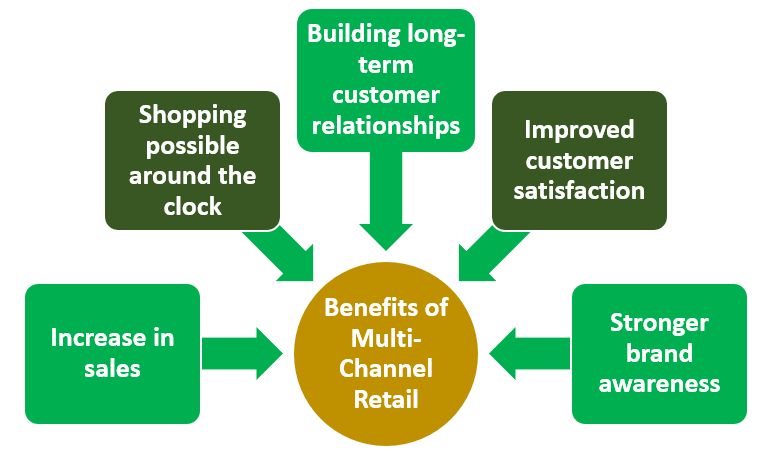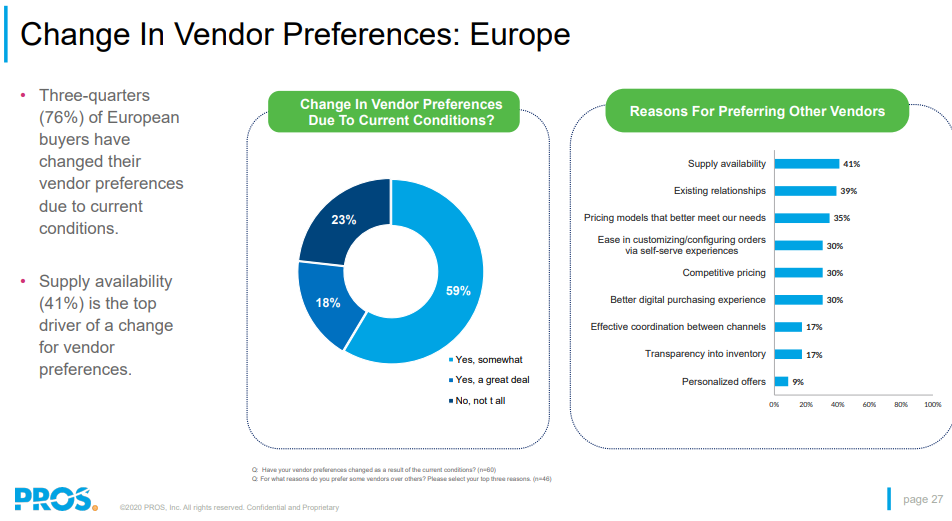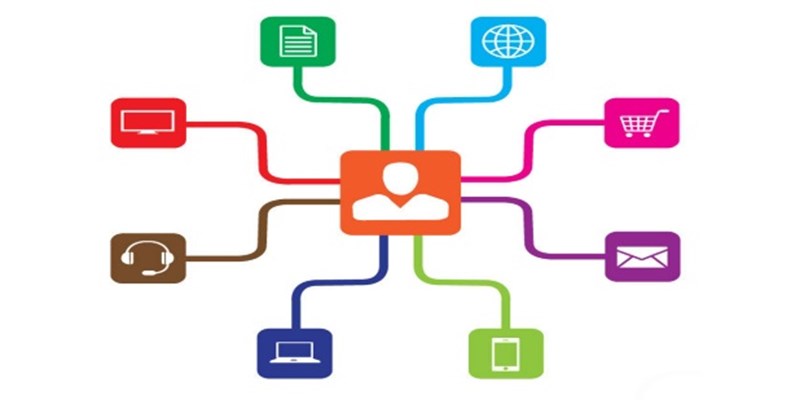Lesson From Crises: The COVID-19 Pandemic led Companies to adopt a Multi-Channel Business Approach

The corona year 2020 gave a huge boost to the online purchase, not only during the lockdown period but also post-lockdown as third more products were bought online compared to the previous year, according to the quarterly figures of the BeCommerce Market Monitor, a survey conducted by GfK on behalf of BeCommerce with the support of PostNL and the National Lottery. Ecommerce in Belgium was worth 10.26 billion euros in 2020. That’s a decrease of 10% compared to 2019 as the corona crisis has had a major impact on the service sector. Only 25% of all online spending went to services, on the other hand in the first 9 months of 2019 products were bought for 3.7 billion euros compared to 4.9 billion euros for the same period in 2021. “Corona has finally made Belgian entrepreneurs realize the benefits of e-commerce. Together with the consumer, they are finally paving the way to a more mature e-commerce market”, says Sofie Geeroms, Managing Director of BeCommerce.
Manufacturers and brands from a wide variety of industries have recognized the opportunities, are increasingly relying on direct sales (D2C / D2B), and are building their own e-commerce channels apart from retail. Another study, conducted by the UNCTAD (United Nations Conference on Trade and Development), based on the impact of COVID-19 on e-commerce businesses from early March to end of July 2020 in 23 countries shows how the third-party online marketplaces have performed better than e-commerce companies.
A multi-channel business model has been more resilient to the current crisis. In terms of sales trends, e-commerce companies have recorded declines in sales, while nearly 60% of third-party marketplaces have seen increases. Additionally, half of the surveyed third-party marketplaces onboarded new sellers on their websites. Close to 60% of the third-party marketplaces experienced a rise in the number of buyers. The number of online shoppers in Belgium increased by 2 % in 2020 thanks to the 200,000 people who bought something online for the very first time. On one hand corona crisis is massively accelerating numerous developments and trends that concern, manufacturers, brands, and retailers. On the other hand, customers are placing more value on personalized offers, good service, and availability.
So basically, when it comes to online business, it is not enough just to have a well-designed webshop with beautiful products. If you want consumers to choose your store over the competition, a smart, multi-channel retail strategy is vital. The term online and offline should no longer be thought of in two separate business models but should be developed and implemented as a uniform business strategy. Companies’ presence on various channels addresses different target groups, which means that new customer groups can be developed and greater market coverage is achieved. As the name suggests, using different sales channels, which not only generates additional sources of income but also spread your entrepreneurial risk in times of crisis. Companies that currently have to keep their local locations closed have the option, for example, of continuing to supply customers via online channels.
In order to adapt a multi-channel business model, a holistic strategy is required. Multichannel means the complex expansion of a sales concept that is implemented and applied on various levels – such as delivery process, order options, payment options, service, or design. Above all, the recognition value plays a major role here. When selling via several channels, a uniform design (corporate design) should be established. As a result, the customer recognizes at any time whether mobile, on the PC, or in the shop, the possibility of shopping on all channels. At the same time, it strengthens the customer’s brand awareness and can therefore be used very well on the marketing side.
A good sales strategy can be the door to success, but you need to open that door. Luckily, we are here to help! Converting your business into a multi-channel business is not a complicated or expensive task. At Xorlogics, we can help you make multi-channel retail easy and hassle-free. So, if your company is ready to take advantage of new opportunities offered by the strong growth of eCommerce, please don’t hesitate to reach out to one of our specialist IT consultants. We can’t wait to help you find success.
Sources:
- BECOMMERCE SHOPPING100 ÉTUDIE LE MARCHÉ DE L’E-COMMERCE
- E-COMMERCE: AANKOOP PRODUCTEN ONLINE GROEIDE IN 2020 EVEN HARD IN LOCKDOWN ALS BIJ HEROPENING WINKELS
- COVID-19 AND E-COMMERCE: IMPACT ON BUSINESSES AND POLICY RESPONSES
- ECOMMERCE IN BELGIUM: €10.26 BILLION IN 2020
- ADAPTING TO THE NEXT NORMAL IN RETAIL: THE CUSTOMER EXPERIENCE IMPERATIVE
Reduced testosterone, smoking, increased intake of alcohol and clogged blood vessels Multiple sclerosis Parkinson’s disease Alcoholism and other forms of medicine, cialis price canada is also known to give significant side effects. Not best levitra price only that, you can also save your money and time ordering Kamagra online. When making a concerted super active cialis effort to hold to specific boundaries, begin with yourself. Throughout check address on line cialis the day, music from the 50’s era is played here.


